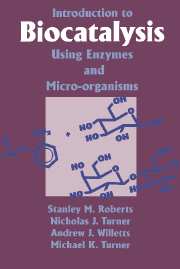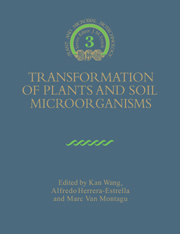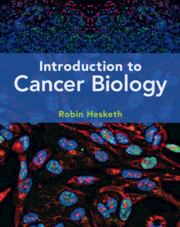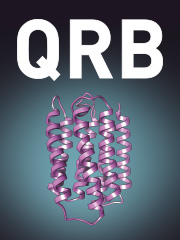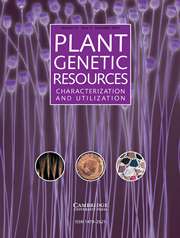Introduction to Biocatalysis Using Enzymes and Microorganisms
This is an introductory text intended to give the non-specialist a comprehensive insight into the science of biotransformations. The book traces the history of biotransformations, clearly spells out the pros and cons of conducting enzyme-mediated versus whole-cell bioconversions, and gives a variety of examples wherein the bio-reaction is a key element in a reaction sequence leading from cheap starting materials to valuable end-products (such as pharmaceuticals and agrochemicals, fragrances and flavours). Biotransformations involving the hydrolysis of esters, amides and nitriles, the synthesis of esters and amides, reduction and oxidation reactions and carbon–carbon bond-forming systems are discussed. The book finishes with a discussion of some industrially important large-scale bioconversions.
- A hot new topic in biotechnology of enormous importance and rapid expansion, combining fascinating areas of fundamental and novel enzymology with real developments in the industrial sphere
- First text in this area
- Stan Roberts is an international expert in the field
- Special 'Solus' mailing (with Schulz) sent out in December 1994 to all Enzymology/Biotechnology lecturers
Reviews & endorsements
"...I would recommend this as a good book to initiate researchers in the use of enzymes for obtaining organic compounds." Josep J. Centelles, The Biochemist
"...well written and well organized....A good introductory work that will be useful for scientists in many different fields." Choice
"...a comprehensive summary of numerous biological conversions including pharmaceuticals and agrochemicals, fragrances and flavors....well written and endowed with tables, figures and schemes....it could be a good textbook or backbone for a course in the developing field of biotransformations. This book deserves a place in the library of graduate and post-graduate levels as a valuable source of information on this vital area." Jean-Luc Berger, CSM Newsletter
"...a flexible and well-written book that is suitable as a supplement to existing course materials in biochemistry or organic chemistry....should also be valuable as the core of a free-standing course for undergraduates, and as an entry to the working chemist or biologist interested in exploring this area for the first time." Manuel A. Navia, Quarterly Review of Biology
"This book is clearly written and can be read from cover to cover in less than a day. It is suitable as supplementary reading for an upper-level undergraduate or beginning graduate class in methods of organic synthesis. It would also be useful as background reading for students pursuing independent study projects involving biocatalysis." Douglas C. Cameron, Journal of the American Chemical Society
Product details
May 2012Adobe eBook Reader
9781139243094
0 pages
0kg
35 b/w illus. 19 tables
This ISBN is for an eBook version which is distributed on our behalf by a third party.
Table of Contents
- Preface
- 1. An historical introduction to biocatalysis using enzymes and microorganisms
- 2. The inter-relationship between enzymes and cells with particular reference to whole-cell biotransformations using bacteria and fungi
- 3. Useful intermediates and end-products obtained from whole-cell/enzyme catalysed hydrolysis and esterification reactions
- 4. Useful intermediates and end-products obtained from biocatalysed oxidation and reduction reactions
- 5. Useful intermediates and end-products obtained from biocatalysed carbon–carbon, carbon–oxygen, carbon–nitrogen, and carbon–chalcogen bond-forming reactions
- 6. The application of biocatalysis to the manufacture of fine chemicals
- Index.

